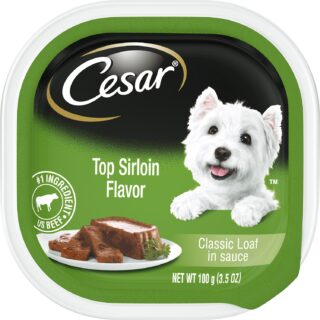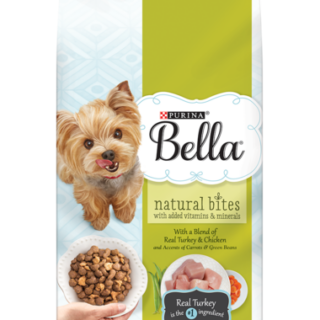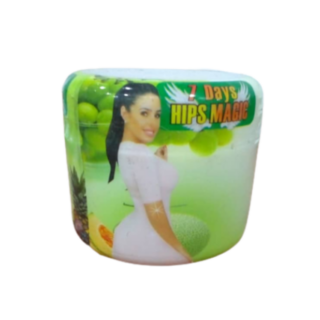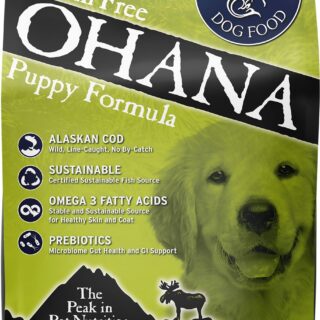Overview
Periodontal disease, commonly referred to as gum disease, is the most common disease in dogs. According to recent studies, almost 90% of dogs will have developed some form of periodontal disease by 2 years of age.
Poor dental hygiene, genetics, having a maligned bite (malocclusion), and the shape of a dog’s mouth can make dogs more susceptible to periodontal disease. Small and toy dog breeds as well as brachycephalic breeds (dogs with shortened snouts) are among those more prone to the disease.
Periodontal disease in dogs is a progressive disease caused by bacteria in the mouth that damages the gums, bone, and other supporting structures of the teeth. Periodontal diseases begin with gingivitis and left untreated, the infection often spreads deeper into the tooth socket, destroying the bone. Ultimately, the tooth becomes loose and may fall out over time.
Although there are usually no symptoms at first, periodontal disease can destroy the teeth, gums and jaw of your dog as it progresses.
Stages and Symptoms of Periodontal Disease in Dogs
First Stage
At this stage, the pet’s mouth is still basically healthy. However, without yet being visible, plaque is slowly starting to accumulate.
Calculus may have started to appear, but it’s not guaranteed at this stage. Mild gingivitis will show as inflammation and sensitivity of the gums.
Second Stage
Having reached moderate gingivitis, this stage presents more noticeable inflammation, swelling and sensitivity of the gums. Covering a larger area of the teeth, now there is also a moderate accumulation of plaque.
Calculus can probably be spotted at this stage, although it may not yet be prevalent. Some amount of bad odor may be clearly noticeable.
Third Stage
Reaching the third stage of periodontal disease in dogs should be avoided at all costs. It implies that serious periodontal damage has already occurred, risking the pet’s overall health and greatly complicating any potential treatment.
The third stage periodontal disease in dogs and cats implies gingivitis has progressed, becoming periodontitis. Not only are the gums irritated and swollen, but they also bleed easily. Inflamed sections of gum known as periodontal pockets are beginning to show because of sub gingival bacterial invasion.
Fourth Stage
Having become established and chronic, periodontal disease in the fourth stage is considered extreme.
At this point, there is severe inflammation, gum recession, deep periodontal pockets, bone loss, tooth mobility and profuse bleeding. Unfortunately, extensive and irreversible damage has already occurred by this point.
Here are some of the common signs of gum disease that may eventually lead to advanced periodontal disease if it goes without treatment:
- Bleeding or red gums (or signs of blood on chew toys or in food and water bowls)
- Signs of irritation in the mouth
- Loss of appetite
- Difficulty eating
- Excessive drooling
- Irritability
- Loose teeth or, at advanced stages, teeth falling out
- Bad breath
Causes Periodontal Disease in Dogs
Bacteria in your pooch’s mouth can accumulate and eventually develop into plaque, which meets other minerals and hardens within two to three days. Calculus then forms on the teeth and gets more difficult to scrape away.
The immune system will begin to fight this buildup of bacteria, causing reactions such as inflamed gums and more obvious signs of gum disease.
Diet and poor nutrition can factor into whether your dog will develop periodontal disease, as do environmental contributors such as grooming habits (does your pooch lick himself frequently?), dirty toys, the alignment of teeth (pups with crowded teeth are more susceptible to gum disease), and oral hygiene.
Diagnosis and Treatment of Periodontal disease in dogs
Periodontal disease is diagnosed based on clinical findings (gingival inflammation, attachment loss) and radiography. The treatment of periodontal disease is aimed at controlling the cause of the inflammation, i.e., dental plaque.
Conservative or cause-related periodontal therapy consists of removal of plaque and calculus, and any other remedial procedures required under general anesthesia, in combination with daily maintenance of oral hygiene. In other words, the treatment of periodontal disease has two components:
- Maintenance of oral hygiene
- Professional periodontal therapy
Maintenance of oral hygiene
Brushing a dog’s teeth is the most effective form of preventive oral health care. Brushing is an active form of preventive care that is highly effective in removing the daily buildup of plaque on the teeth. Most dogs can be trained to accept the procedure, and brushing should occur at least 3 times per week to be most effective, with daily brushing being the goal.
A soft bristle brush (either made for dogs or children) and a toothpaste made specifically for dogs should be used. Human toothpaste can be toxic to dogs. Though highly effective, routine brushing is rarely performed by most owners, sadly 50% to 70% of caretakers do not follow recommendations for frequency of brushing. This is probably due to time constraints or the dog’s willingness to tolerate brushing and ease of handling.
Use of Special Formulated Diets
The use of diet in maintaining dental health is one alternative to brushing. It is a common belief that wet food causes more plaque buildup on the teeth than dry food, but there is little evidence to support this claim.
Specially formulated dental diets have been shown to combat plaque and/or tartar. These are designed to be abrasive; during the chewing process, plaque is scraped off the teeth. Additionally, each individual kibble is larger than standard kibble, which leads to more chewing activity.
Several of these diets have been approved by the Veterinary Oral Health Council (VOHC) and are available as either a prescription diet sold by veterinarians or as nonprescription formulas that are available at pet supply stores
Professional periodontal therapy
A veterinary dental examination and cleaning is recommended yearly for all dogs beginning at 2-3 years of age. The frequency may change based on individual factors (e.g. size, age, and breed) and the type, frequency, and success of home preventive care provided.
It is important for owners and caretakers to regularly examine their dogs’ teeth for signs of plaque or tartar buildup. The presence of these materials on the teeth suggest that a professional examination is needed.
A professional dental cleaning begins with a complete physical examination, including an examination of the mouth and teeth by the veterinarian while the dog is awake, whenever possible.
Blood testing and additional tests may be performed to confirm that the dog is healthy enough for anesthesia. Once the examination and blood work are complete, the dog is put under anesthesia and monitored for the remainder of the procedure.
Scaling is performed to remove tartar both on the surface and underneath the gum line, followed by polishing to create a smooth surface that helps to protect against future plaque buildup.
A complete oral examination is performed. All of the soft tissues are assessed, each tooth is evaluated, and the findings are recorded on a dental chart. The veterinarian may elect to take radiographs (X-rays) to examine the bone supporting the teeth. Teeth that are at an increased risk for infection or causing problems in the mouth based on the examination and radiographs may be extracted



















Leave a Reply
You must be logged in to post a comment.